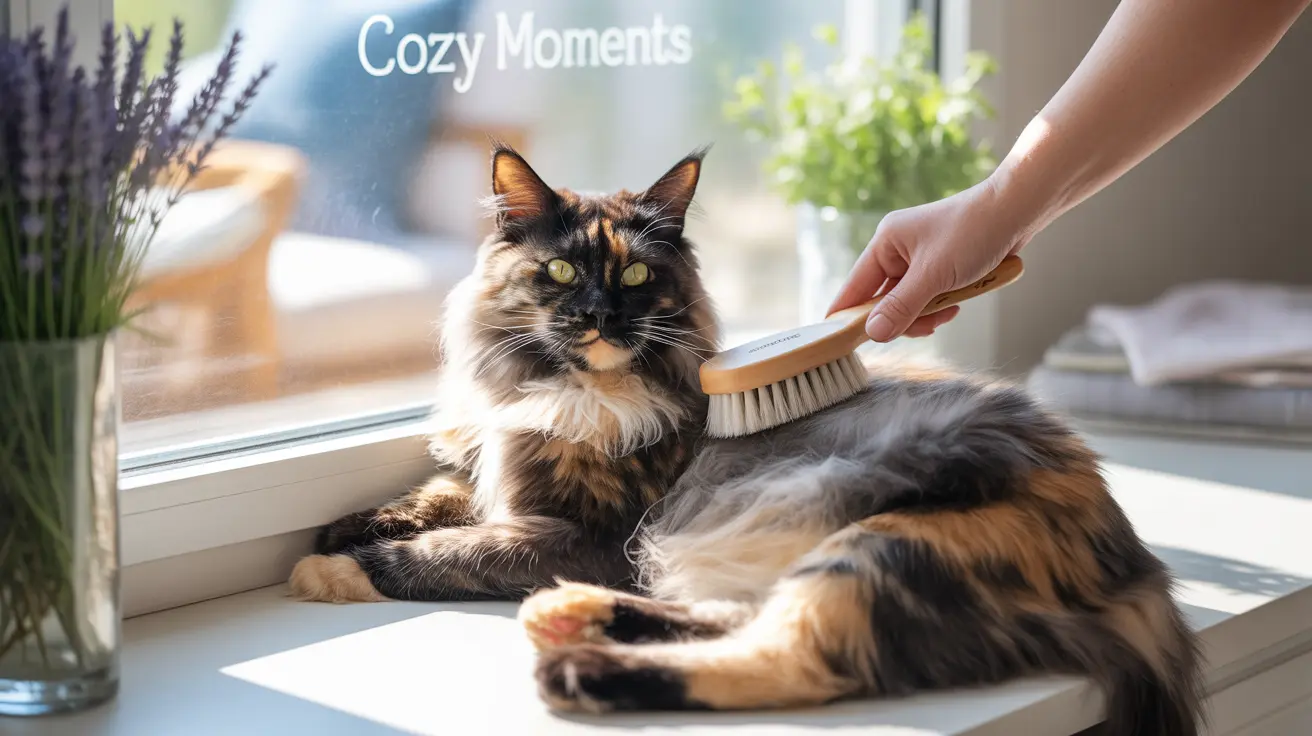Understanding Tortoiseshell Cats and Their Genetics
Tortoiseshell isn't actually a breed but rather a distinctive coat pattern resulting from specific genetic combinations. These cats get their unique appearance through X-chromosome inactivation, which is why nearly all tortoiseshell cats are female. The pattern occurs when a cat inherits both black and orange color genes.
This genetic marvel creates their characteristic mottled appearance, but it has no bearing on the production of allergens that trigger reactions in sensitive individuals.
The Science Behind Cat Allergies
Cat allergies are primarily triggered by a protein called Fel d 1, which is present in all cats' saliva, skin cells, and urine. When cats groom themselves, this protein spreads to their fur and becomes airborne as dander. Unfortunately, the genes controlling coat color and pattern have no connection to the production of these allergenic proteins.
Why Tortoiseshell Cats Aren't Hypoallergenic
Despite their unique appearance, tortoiseshell cats produce the same allergenic proteins as any other cat. The amount of Fel d 1 a cat produces is determined by factors such as:
- Individual genetics (unrelated to coat color)
- Gender (male cats typically produce more allergens)
- Hormonal status (neutered cats often produce fewer allergens)
- Overall health and grooming habits
Managing Allergies with a Tortoiseshell Cat
If you're set on sharing your home with a tortoiseshell cat despite allergies, several strategies can help minimize reactions:
- Regular grooming to reduce loose fur and dander
- Using HEPA air purifiers in your home
- Keeping your bedroom a cat-free zone
- Washing hands after handling your cat
- Maintaining a consistent cleaning schedule
Frequently Asked Questions
Are tortoiseshell cats hypoallergenic or less likely to cause allergies?
No, tortoiseshell cats are not hypoallergenic. Their coat pattern has no influence on allergen production, and they produce the same allergenic proteins as any other cat.
Why do tortoiseshell cats have their unique multi-color coat pattern?
Tortoiseshell cats get their distinctive pattern through X-chromosome inactivation, where different color genes are expressed in different areas of their coat. This is why almost all tortoiseshells are female.
Do tortoiseshell cats produce less Fel d 1 allergen compared to other cats?
No, tortoiseshell cats produce the same amount of Fel d 1 allergen as other cats. The amount varies by individual cat but is not related to coat color or pattern.
How can I reduce allergic reactions if I want to own a tortoiseshell cat?
Implement regular cleaning routines, use HEPA air filters, groom your cat frequently, wash your hands after contact, and consider keeping certain rooms cat-free to minimize exposure to allergens.
Why are almost all tortoiseshell cats female?
The tortoiseshell pattern requires two X chromosomes to express both black and orange coloring. Since females have XX chromosomes and males typically have XY, the pattern almost exclusively appears in females.
Conclusion
While tortoiseshell cats are magnificent creatures with fascinating genetics, they are not hypoallergenic. If you have cat allergies, focus on allergy management strategies rather than seeking specific coat patterns. Consider spending time with the specific cat you're interested in adopting to assess your individual reaction, as allergen levels can vary between cats regardless of their coat pattern.






